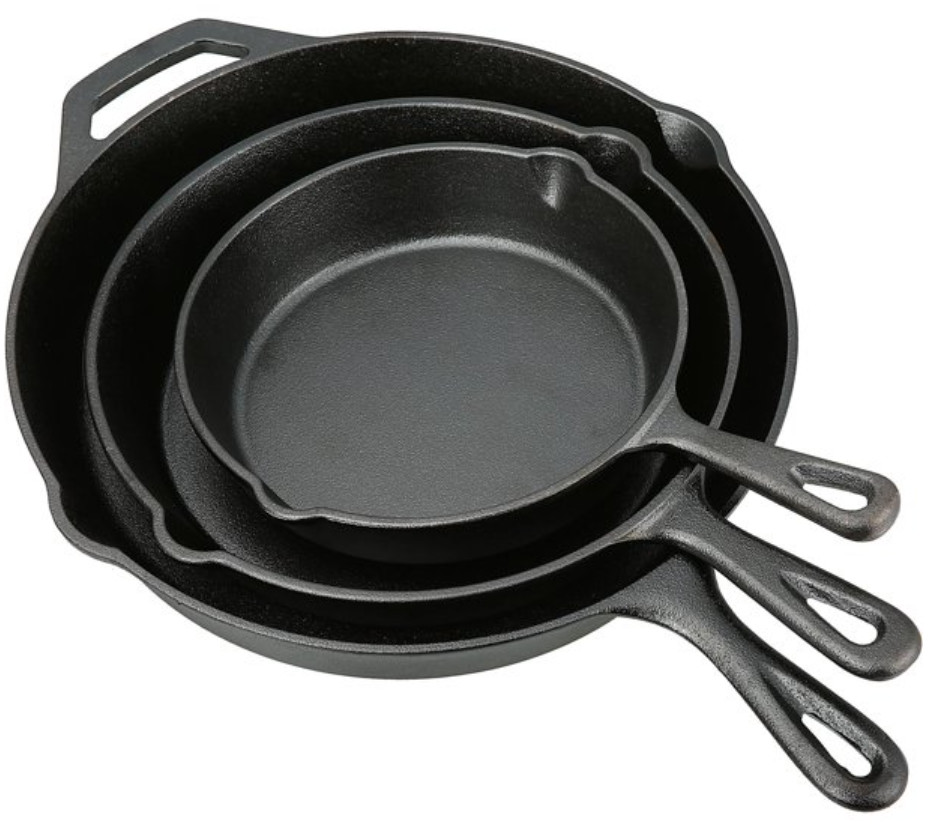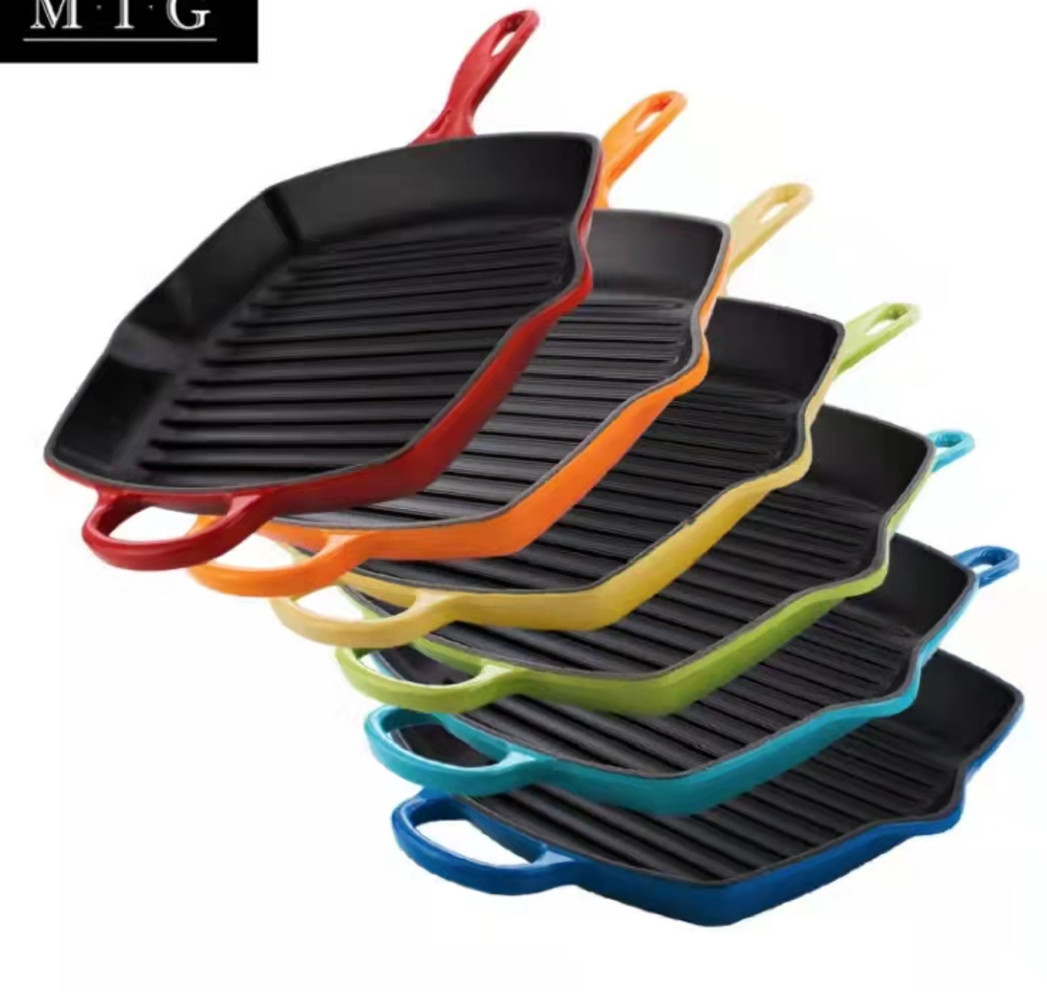- 150m i'r De, West DingWei Road, Nanlou Village, Changan Town, GaoCheng Area, Shijiazhuang, Hebei, China
- monica@foundryasia.com
Meh . 12, 2023 18:48 Yn ôl i'r rhestr
BETH YW COGINIO HAEARN Cast
Beth yw offer coginio haearn bwrw:
Mae offer coginio haearn bwrw yn offer coginio trwm sy'n cael ei wneud o haearn bwrw sy'n cael ei werthfawrogi am ei gadw gwres, ei wydnwch, ei allu i'w ddefnyddio ar dymheredd uchel iawn, a choginio anffon pan fydd wedi'i sesno'n iawn.
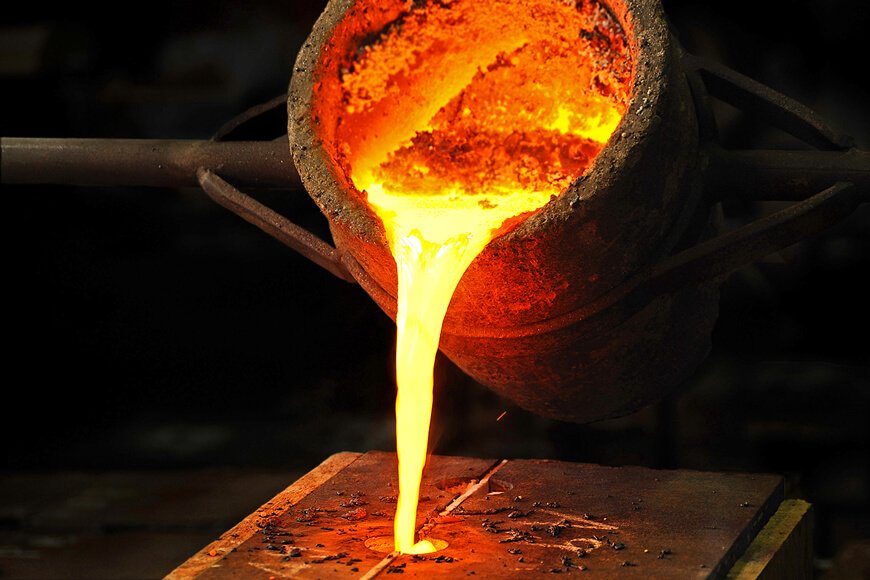
Hanes offer coginio haearn bwrw
In Asia, particularly China, India, Korea and Japan, there is a long history of cooking with cast iron vessels. The first mention of a cast-iron kettle in English appeared in 679 or 680, though this wasn't the first use of metal vessels for cooking. The term pot came into use in 1180. Both terms referred to a vessel capable of withstanding the direct heat of a fire. Cast-iron cauldrons and cooking pots were valued as kitchen items for their durability and their ability to retain heat evenly, thus improving the quality of cooked meals.
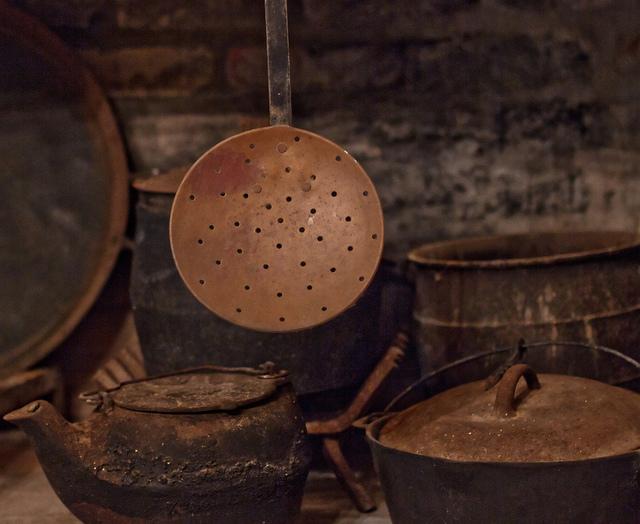
Yn Ewrop a'r Unol Daleithiau, cyn cyflwyno stôf y gegin yng nghanol y 19eg ganrif, cafodd prydau eu coginio yn yr aelwyd, a dyluniwyd potiau coginio a sosbenni naill ai i'w defnyddio yn yr aelwyd, neu i'w hatal o'i mewn.
Cast-iron pots were made with handles to allow them to be hung over a fire, or with legs so that they could stand in the coals. In addition to Dutch ovens with three or four feet, which Abraham Darby I secured a patent in 1708 to produce, a commonly used cast-iron cooking pan called a spider had a handle and three legs allowing it to stand upright over campfires as well as in the coals and ashes of a fireplace.
Daeth potiau coginio a sosbenni gyda gwaelodion gwastad heb goesau i ddefnydd pan ddaeth stofiau coginio yn boblogaidd; yn ystod y cyfnod hwn o ddiwedd y 19eg ganrif cyflwynwyd y fflat
cast-iron skillet.
Roedd offer coginio haearn bwrw yn arbennig o boblogaidd ymhlith gwneuthurwyr cartref yn ystod hanner cyntaf yr 20fed ganrif. Roedd yn offer coginio rhad, ond gwydn. Roedd gan y mwyafrif o gartrefi Americanaidd o leiaf un badell goginio haearn bwrw.
Yn yr 20fed ganrif hefyd, cyflwynwyd a phoblogeiddio offer coginio haearn bwrw wedi'u gorchuddio ag enamel.
Today, of the large selection of cookware that can be purchased from kitchen suppliers, cast iron comprises only a small fraction. However, the durability and reliability of cast iron as a cooking tool has ensured its survival. Cast-iron pots and pans from the 19th and 20th century continue to see daily use to the present day. They are also highly sought after by antique collectors and dealers. Cast iron has also seen a resurgence of its popularity in specialty markets. Through cooking shows, celebrity chefs have brought renewed attention to traditional cooking methods, especially the use of cast iron.
Cynhyrchion hanfodol
Mae mathau o offer coginio haearn bwrw yn cynnwys padelli ffrio, ffyrnau Iseldireg, radellau, heyrn wafflau, gwasg panini, ffrïwyr dwfn, woks, fondu a phojis.
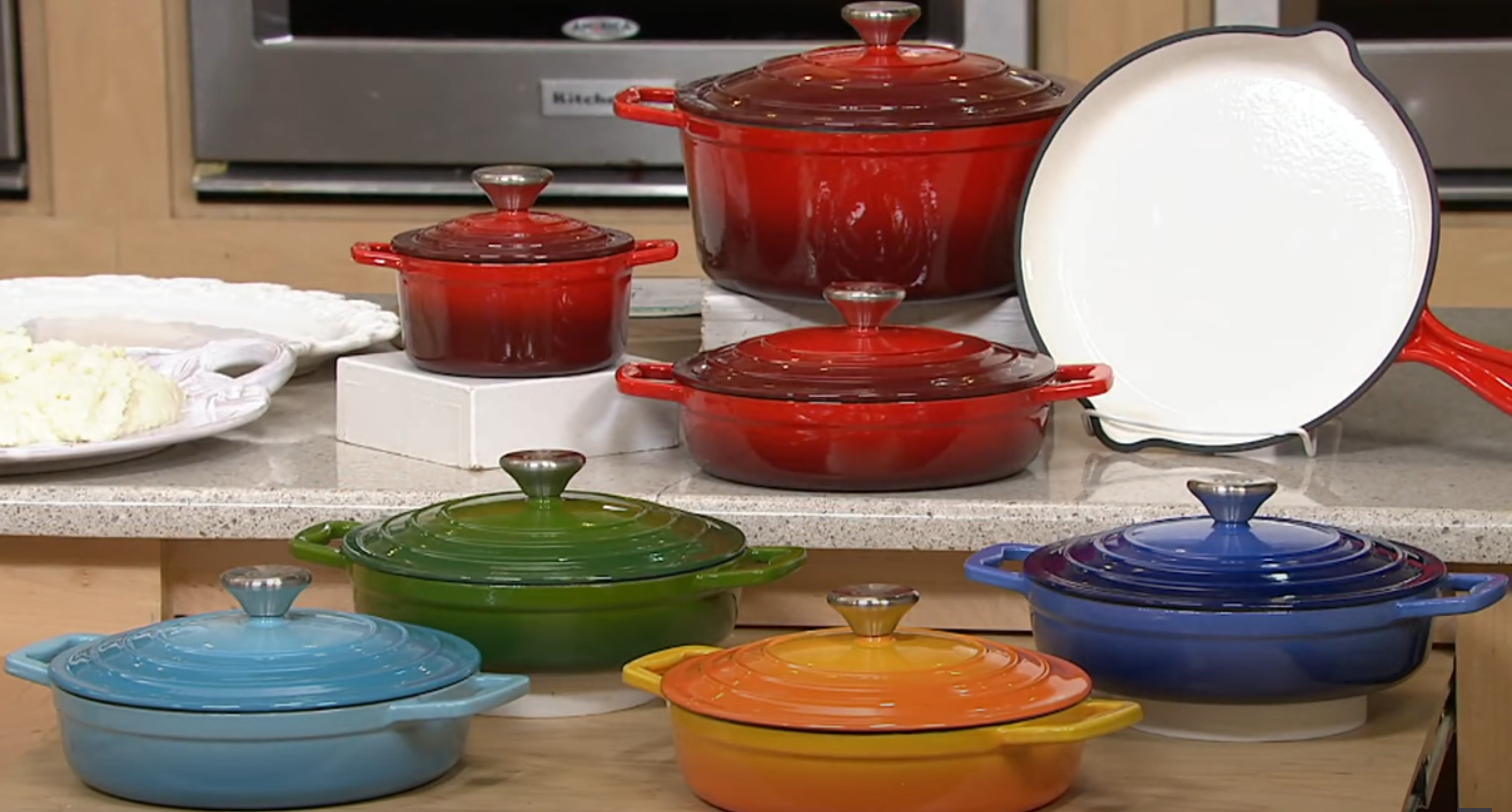
Manteision offer coginio haearn bwrw
Cast iron's ability to withstand and maintain very high cooking temperatures makes it a common choice for searing or frying, and its excellent heat retention makes it a good option for long-cooking stews or braised dishes.
Because cast-iron skillets can develop a "non-stick" surface when cared for properly, they are excellent for frying potatoes or preparing stir-fries. Some cooks consider cast iron a good choice for egg dishes, while others feel the iron adds an off-flavor to eggs. Other uses of cast-iron pans include baking, for instance for making cornbread, cobblers and cakes.
Many recipes call for the use of a cast-iron skillet or pot, especially so that the dish can be initially seared or fried on the stovetop then transferred into the oven, pan and all, to finish baking. Likewise, cast-iron skillets can double as baking dishes. This differs from many other cooking pots, which have varying components that may be damaged by the excessive temperatures of 400 °F (204 °C) or more.
-
Product introduction of Changan Cast Iron Co., LTD
NewyddionJan.24,2024
-
The Impact of the Leidenfrost Effect on Non-Stick Properties of Cast Iron Titanium Coated Cookware
NewyddionJan.24,2024
-
Archwilio'r Rhaniad Coginio—— Casseroles Haearn Bwr yn erbyn Caserolau Rheolaidd
NewyddionIonawr 03, 2024
-
Gweithdy Pecynnu wedi'i Aildrefnu gyda Silffoedd a Storio 3D ar gyfer Nwyddau
NewyddionRhag.29,2023
-
Gellir glanhau pot enamel haearn bwrw ail-law yn effeithiol gyda'r camau canlynol:
NewyddionRhag.27,2023
-
Strwythur metallograffig ar gyfer enamel ar haearn bwrw
NewyddionRhag.27,2023
